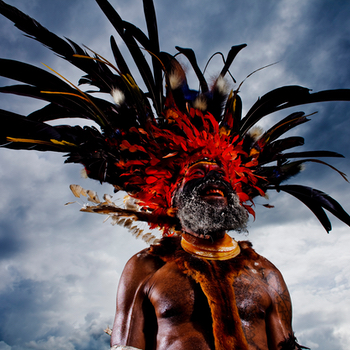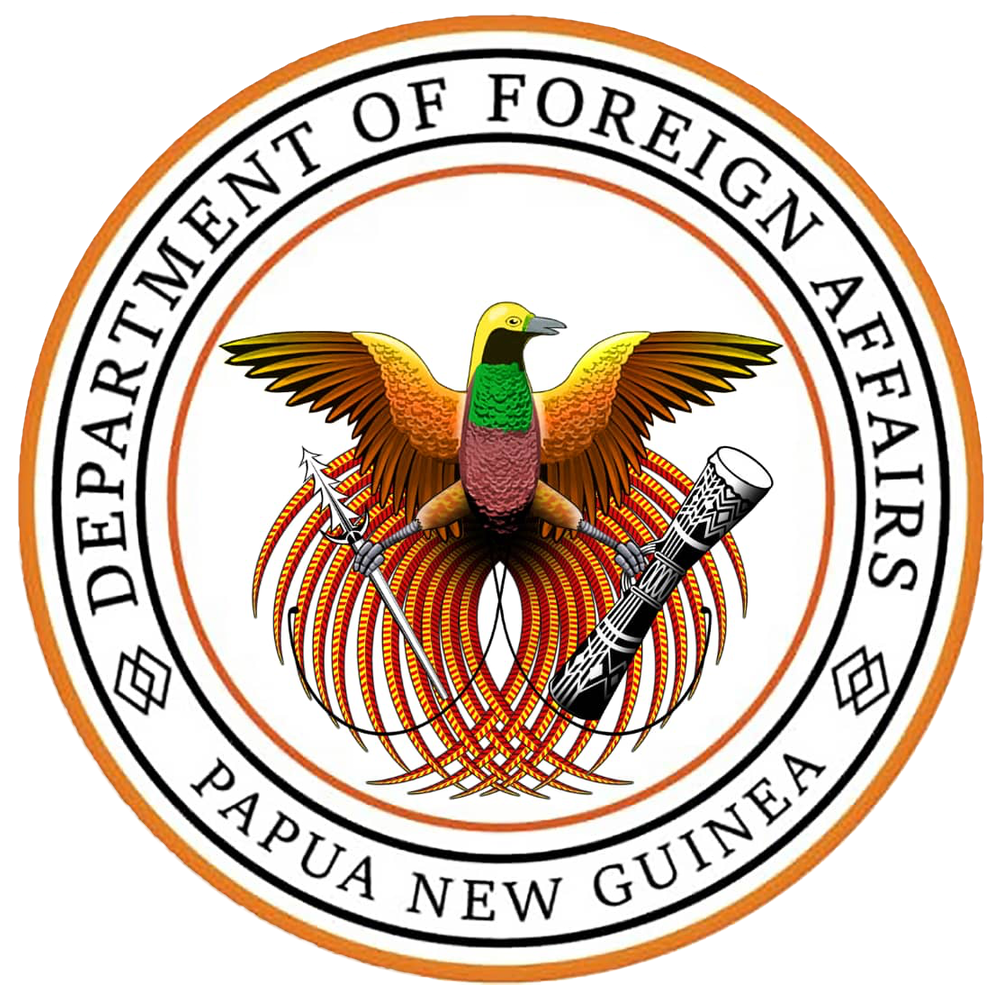About PNG: Cultural Institution
Papua New Guinea (PNG) is home to a rich tapestry of cultures, each with its own unique traditions, languages, and art forms. While there might not be centralized cultural institutions in the Western sense, the cultural landscape is woven into the fabric of everyday life. Here are some aspects that contribute to the preservation and promotion of cultural heritage in Papua New Guinea:
National Museum and Art Gallery: Located in Port Moresby, the capital city, the National Museum and Art Gallery of Papua New Guinea is a significant institution dedicated to preserving and showcasing the country's cultural heritage. It houses a diverse collection of artifacts, traditional art, and exhibits that reflect the cultural diversity of PNG.
Cultural Festivals: As mentioned earlier, cultural festivals like the Goroka Show, Mount Hagen Cultural Show, and others serve as living expressions of Papua New Guinea's diverse cultural heritage. These events provide a platform for communities to share their traditions through dance, music, and art.
Community Cultural Centers: Many communities in Papua New Guinea have their own cultural centers or spaces where they conduct cultural activities, ceremonies, and events. These centers serve as hubs for preserving and passing down traditional knowledge, skills, and art forms from one generation to another.
University Programs and Research Institutes: Academic institutions, such as the University of Papua New Guinea, often contribute to the preservation of cultural heritage through research, documentation, and educational programs. Anthropology and cultural studies departments may engage in projects related to indigenous cultures.
Traditional Artisan Communities: Various communities in Papua New Guinea have artisans who create traditional crafts, such as carvings, masks, and pottery. These artisans play a crucial role in preserving traditional art forms and passing on their skills to younger generations.
Language and Oral Traditions: Language is an integral part of cultural identity, and efforts are made to document and preserve indigenous languages. Oral traditions, including storytelling, songs, and myths, are passed down through generations, contributing to the continuity of cultural practices.
Cultural Preservation Organizations: Some non-governmental organizations (NGOs) and community-based groups work toward the preservation and promotion of Papua New Guinea's cultural heritage. These organizations may focus on specific aspects, such as language preservation, traditional dance, or community development.
Cultural Tourism Initiatives: Tourism initiatives that highlight cultural experiences and eco-tourism play a role in promoting and sustaining traditional practices. Visitors often have the opportunity to engage with local communities, learn about their customs, and appreciate traditional art forms. The government's National Cultural Commission, the Institute of Papua New Guinea Studies, and the National Film Institute record, document, and promote activities associated with traditional cultures, while organizations promoting tourism market aspects of those cultures to potential audiences overseas. In 2008 the Kuk Early Agricultural Site was designated a UNESCO World Heritage site. That land in the Western Highlands has been worked almost continuously for at least 7,000 years, and the site contains even earlier evidence of the beginning of organized agriculture and its subsequent development. The preservation of cultural heritage is deeply embedded in the daily lives and activities of its diverse communities. The dynamic nature of cultural expression in Papua New Guinea is most vividly experienced through the living traditions of its people.

